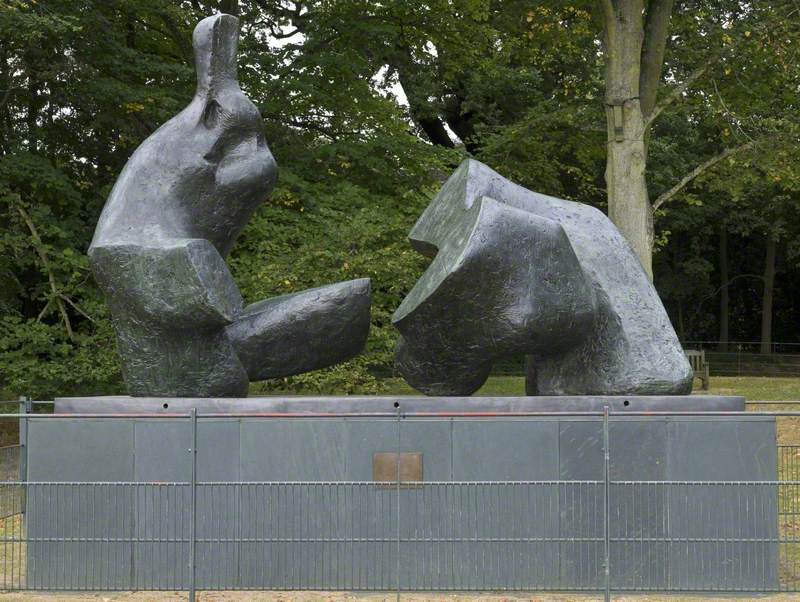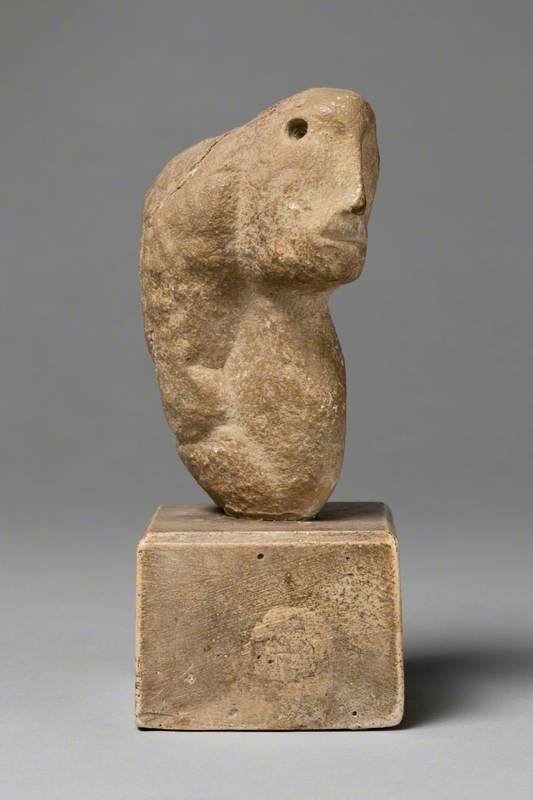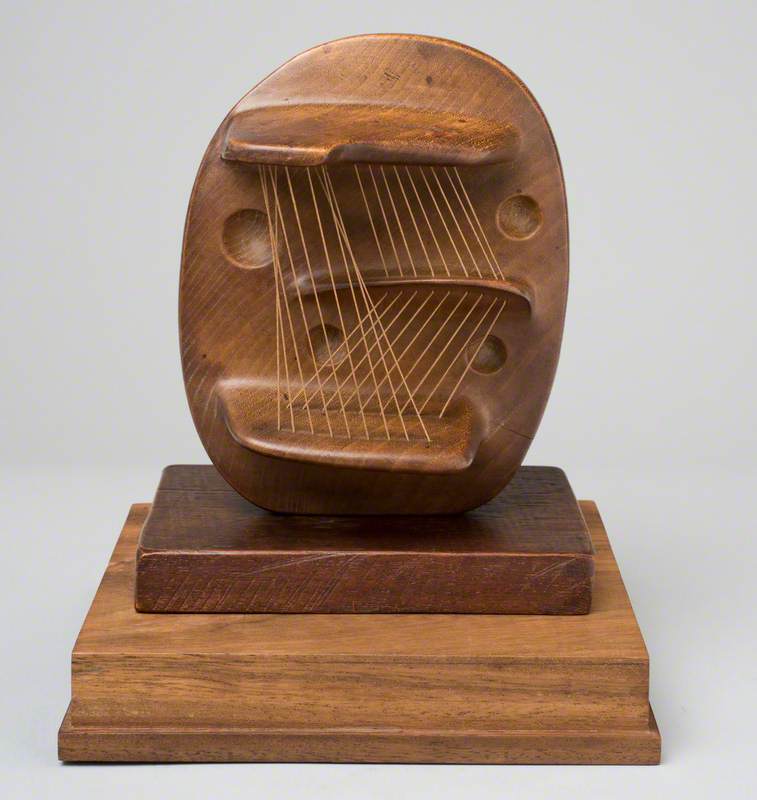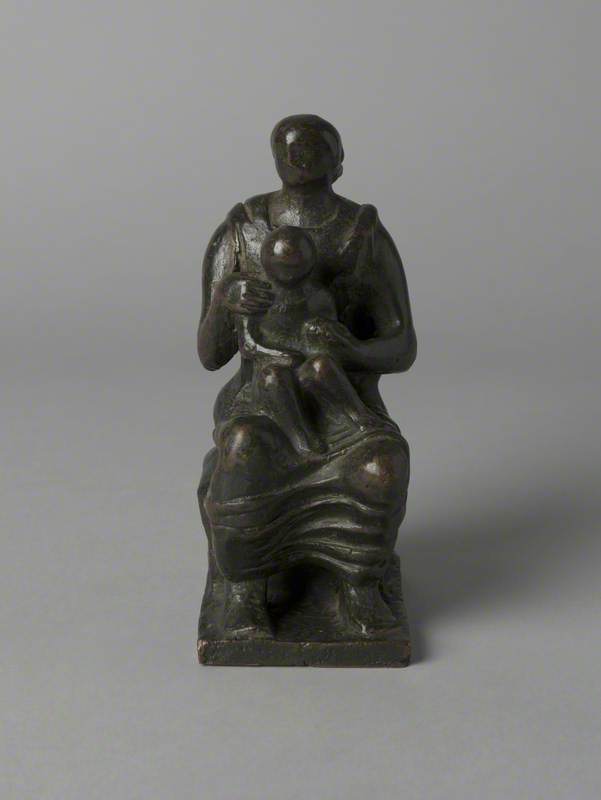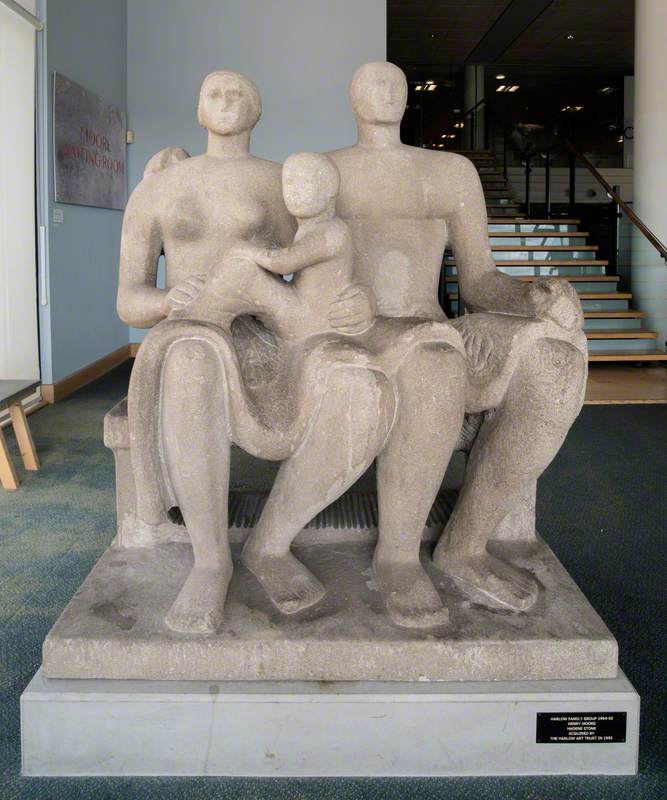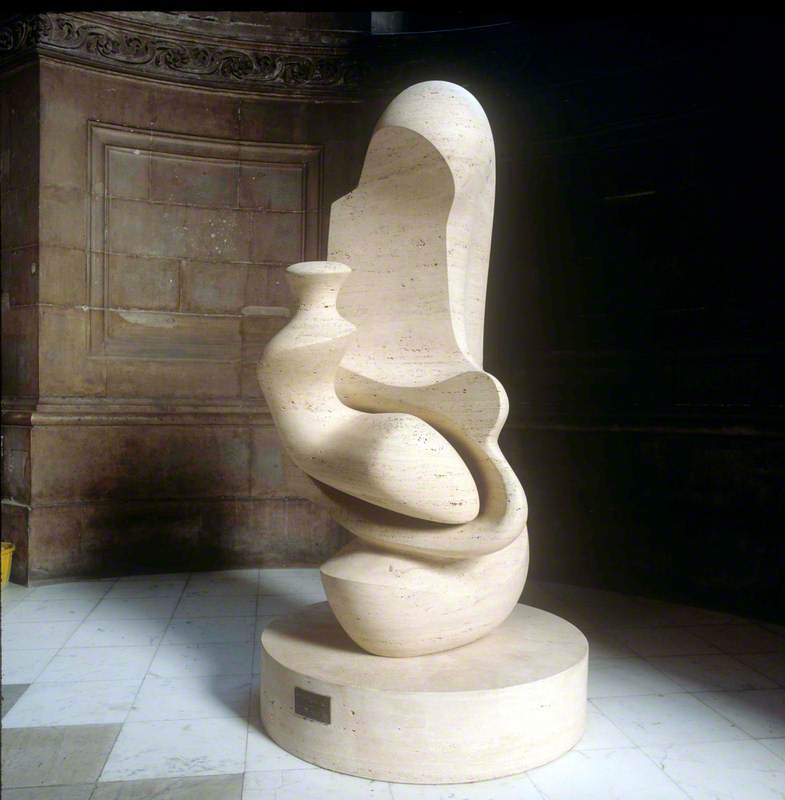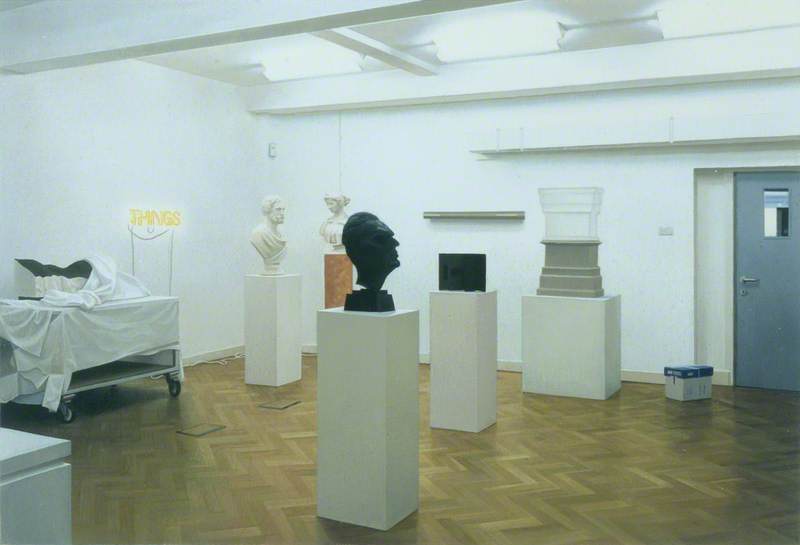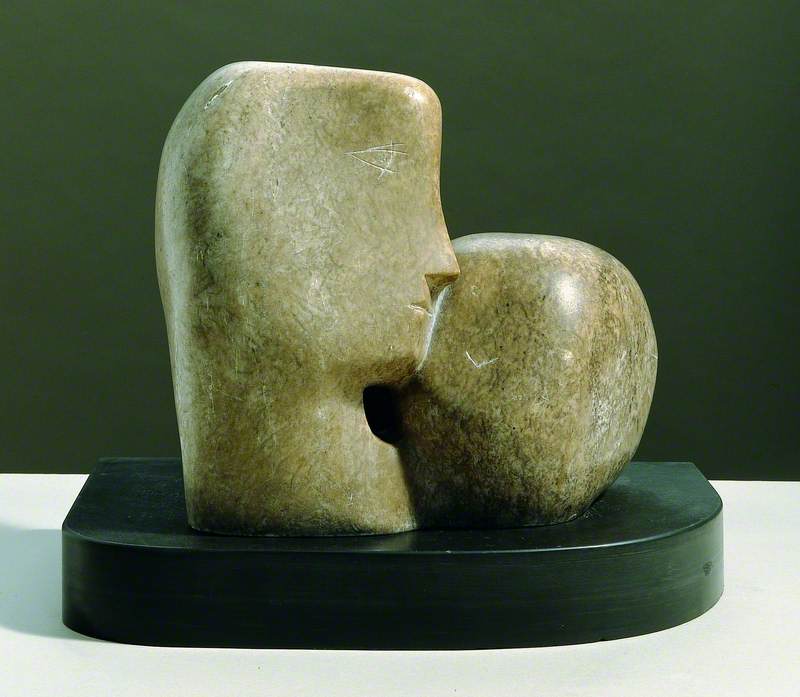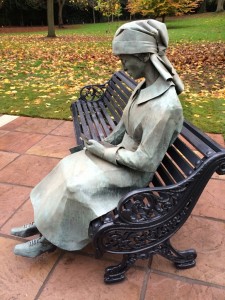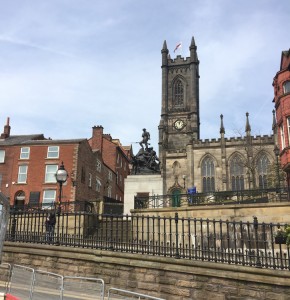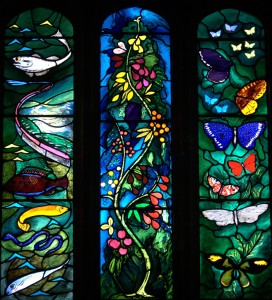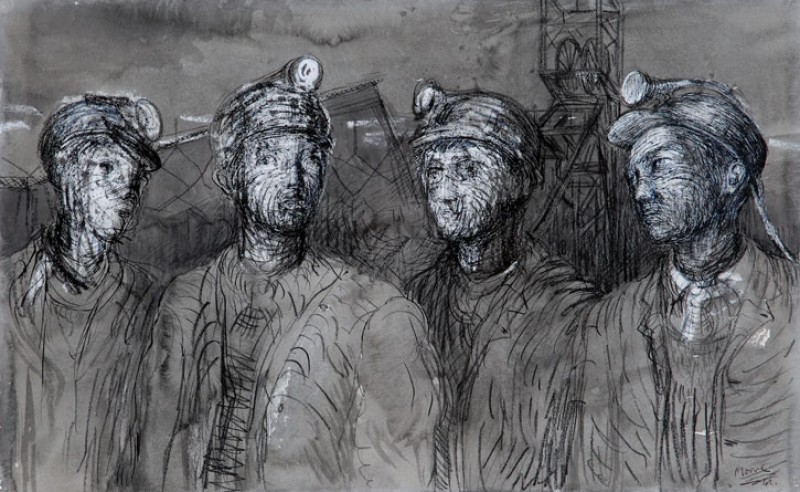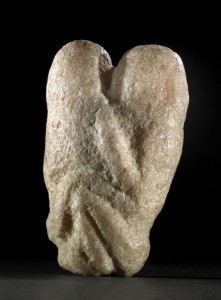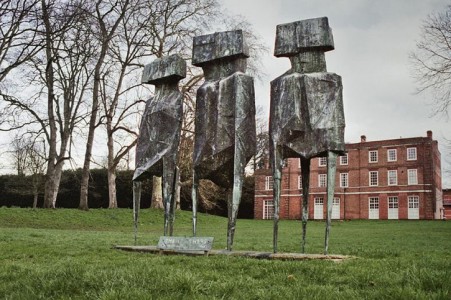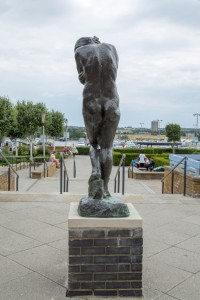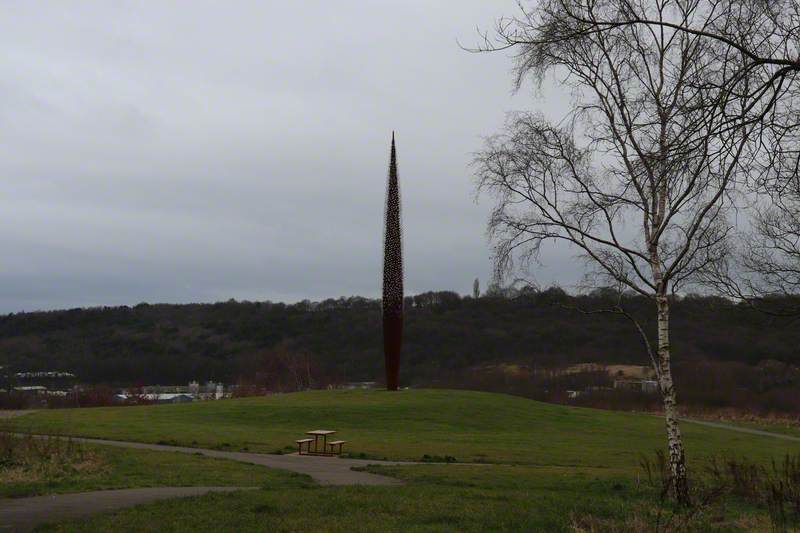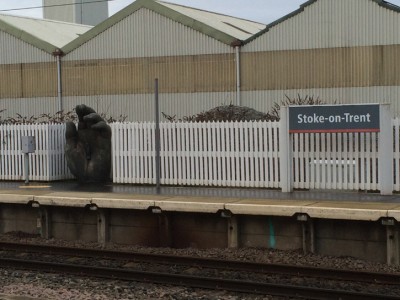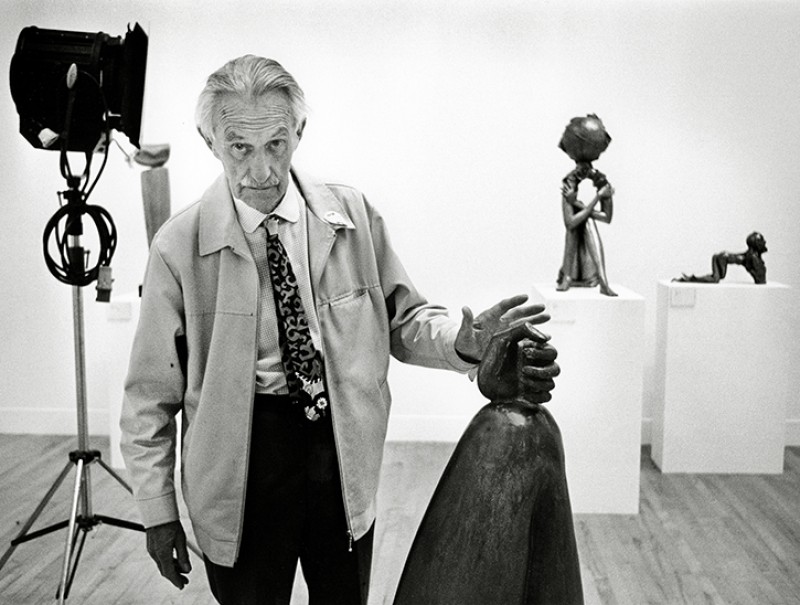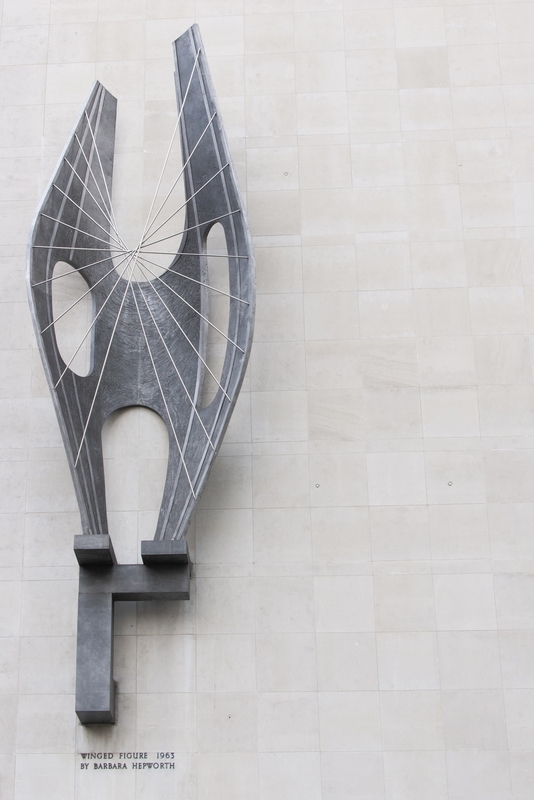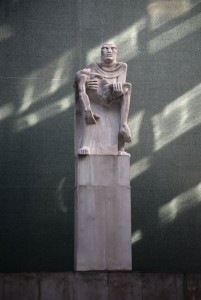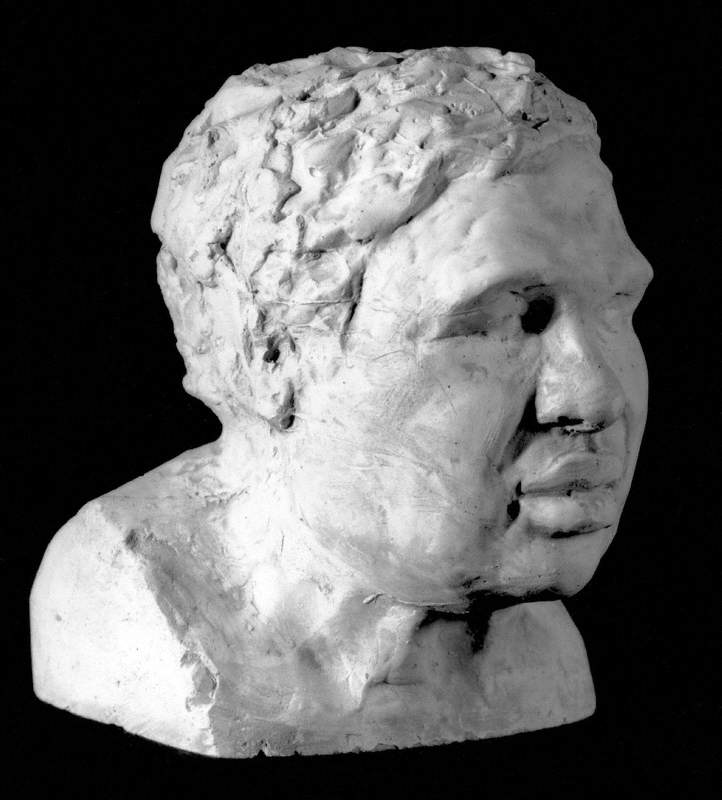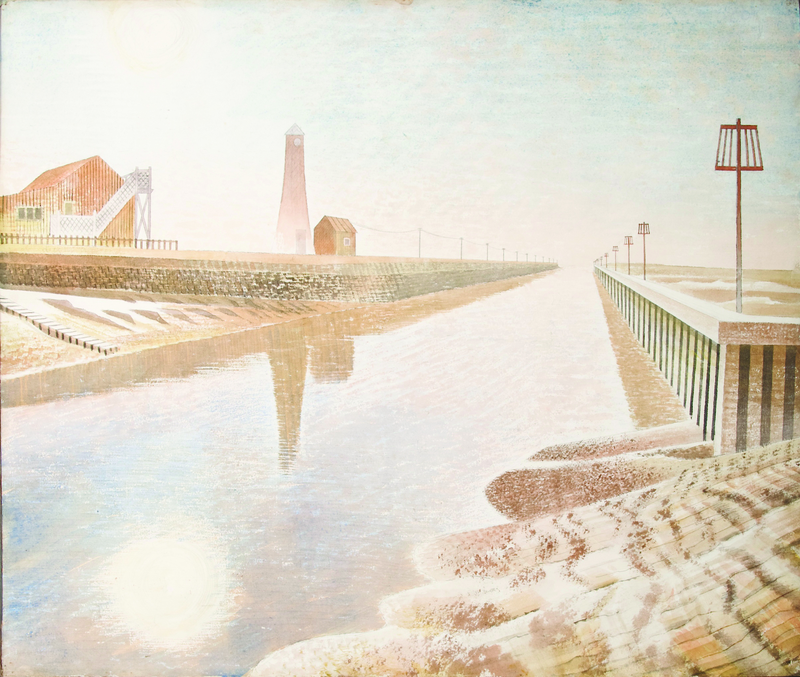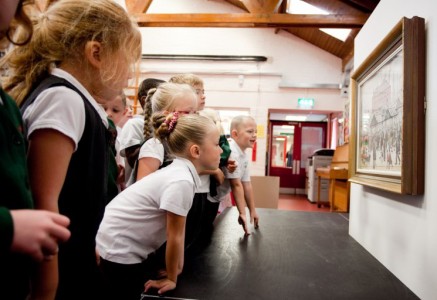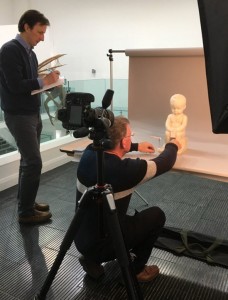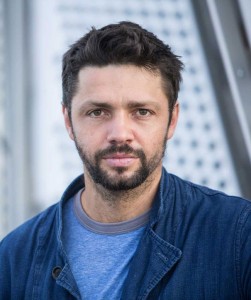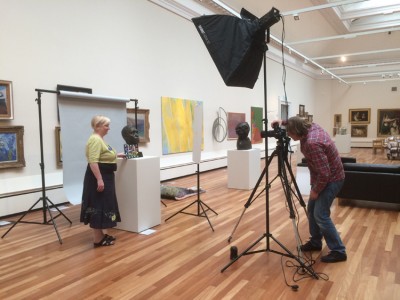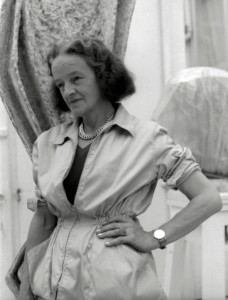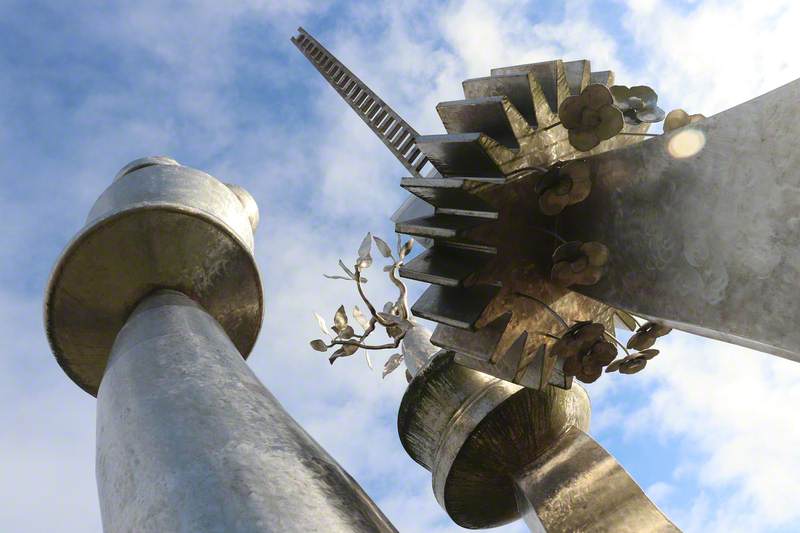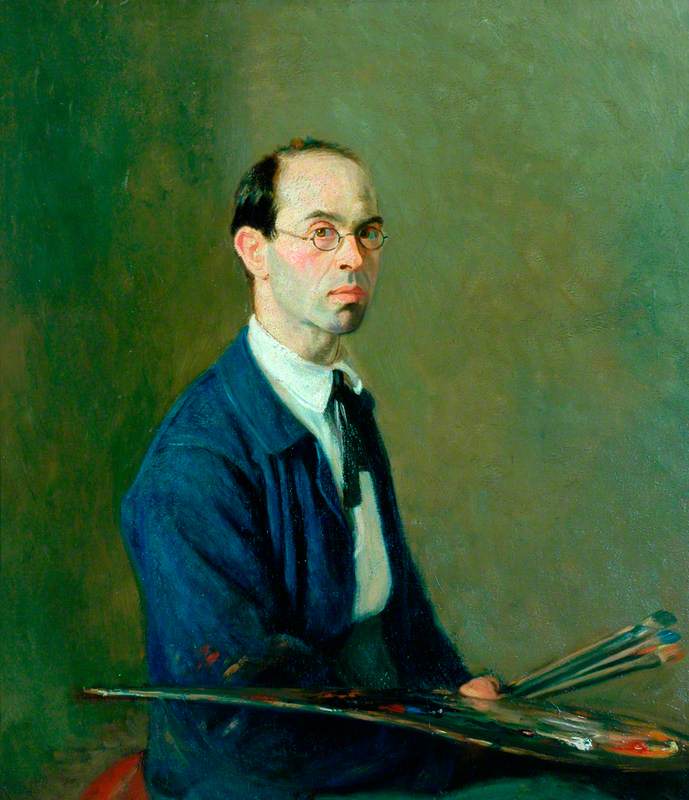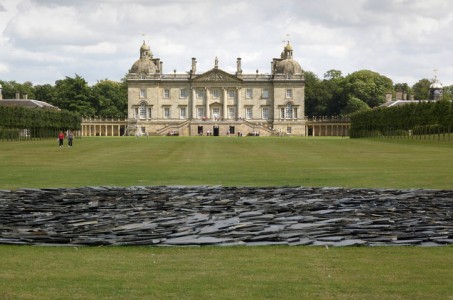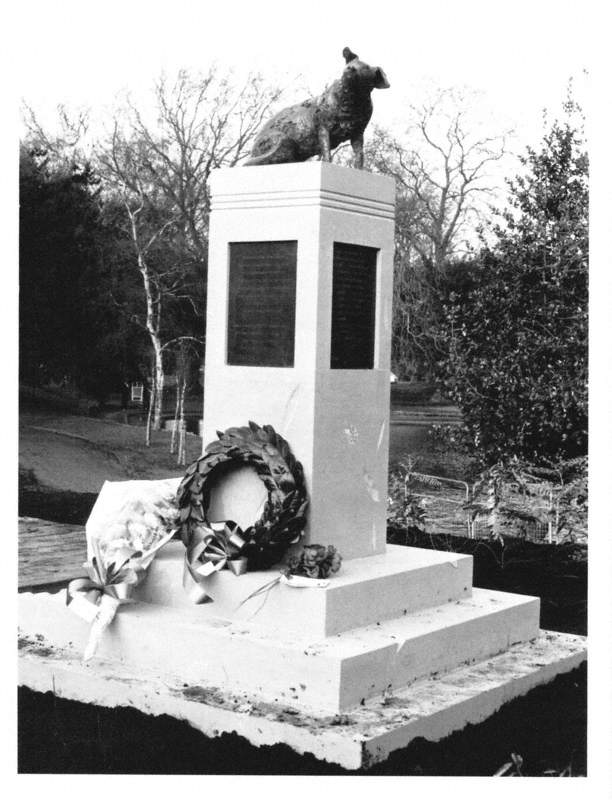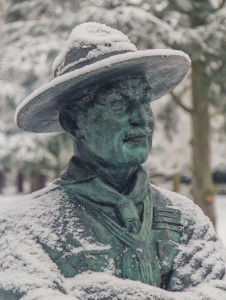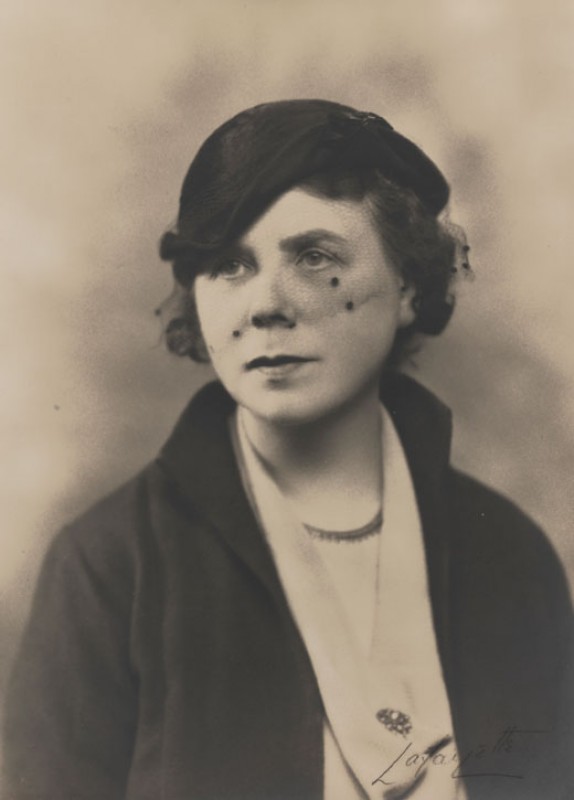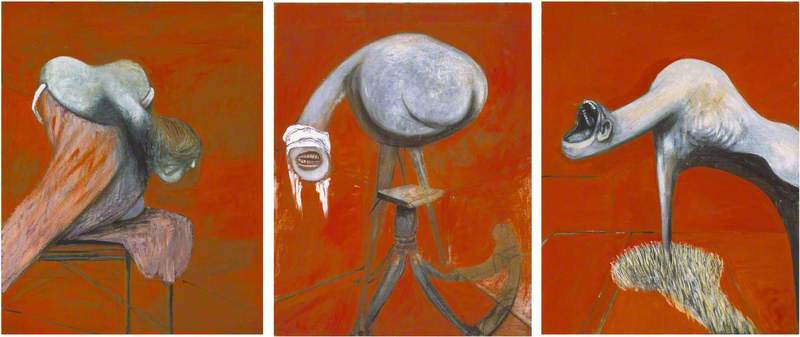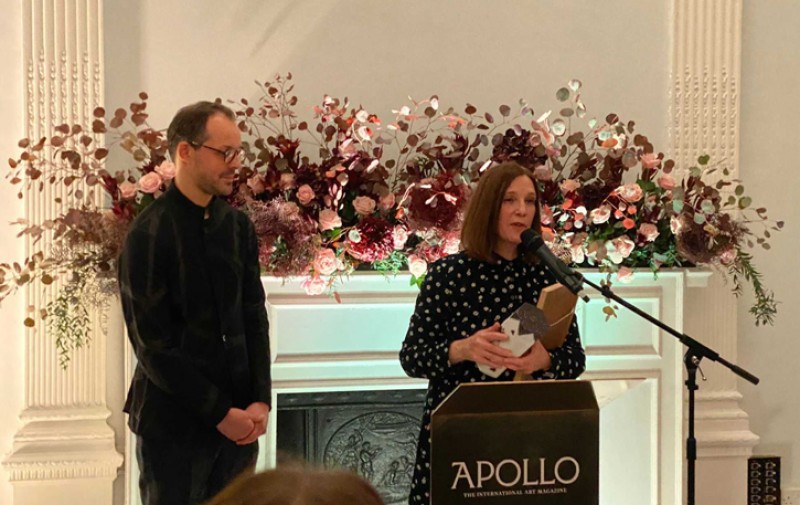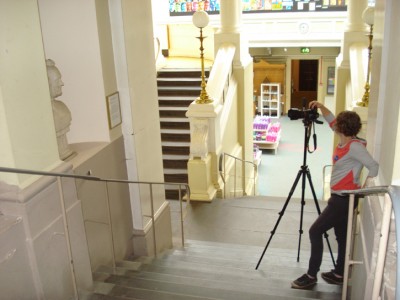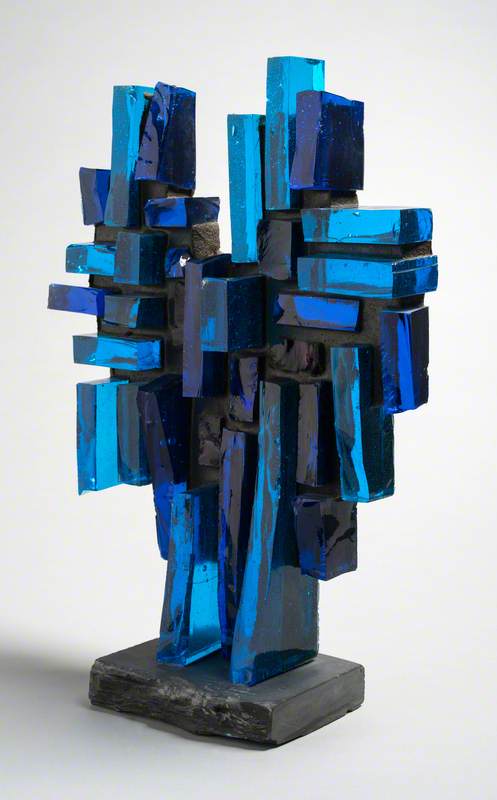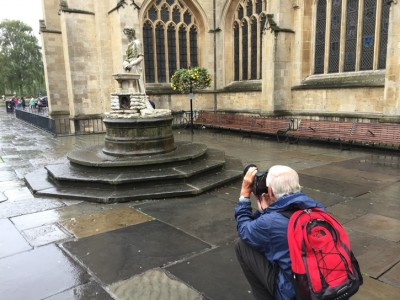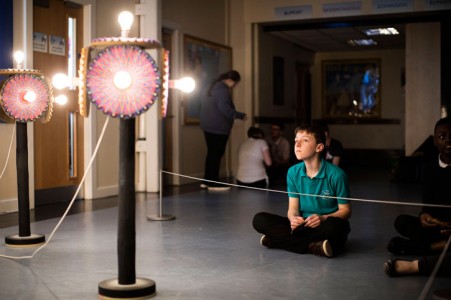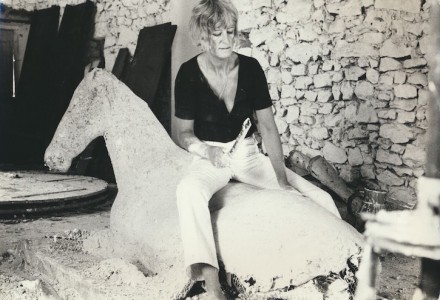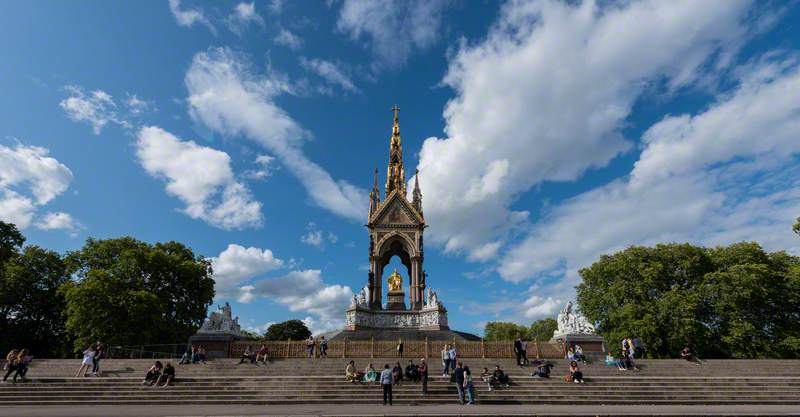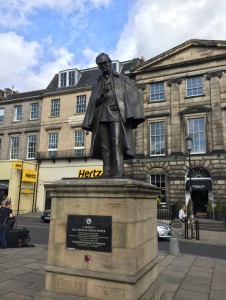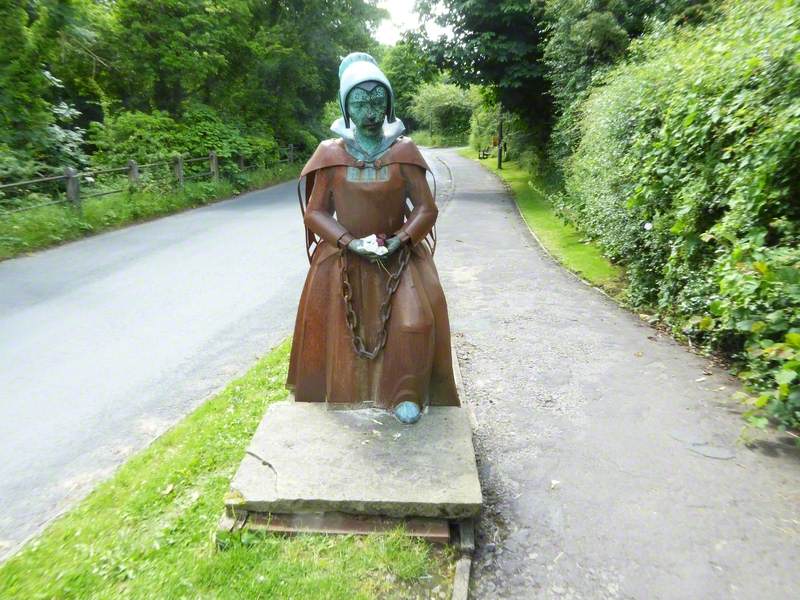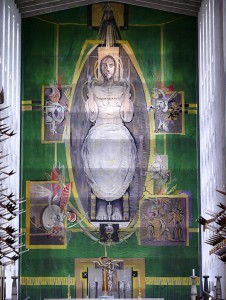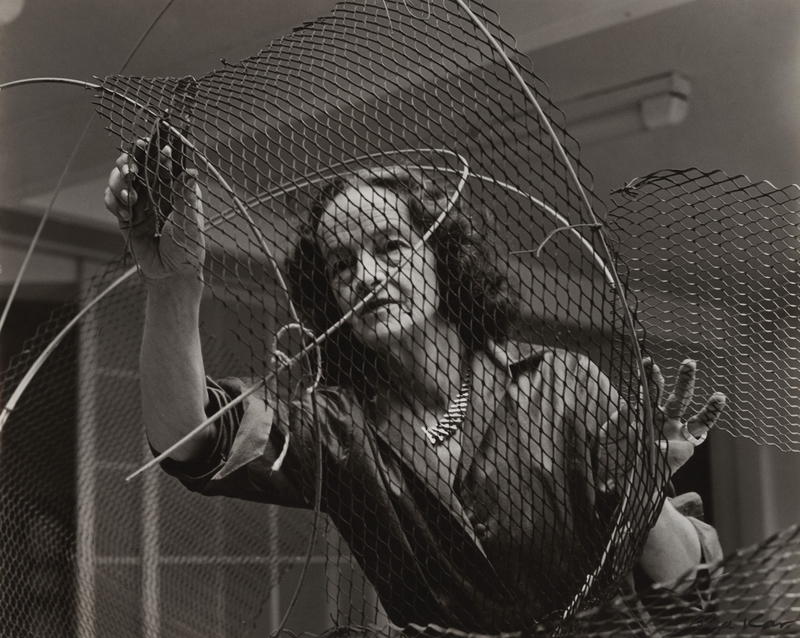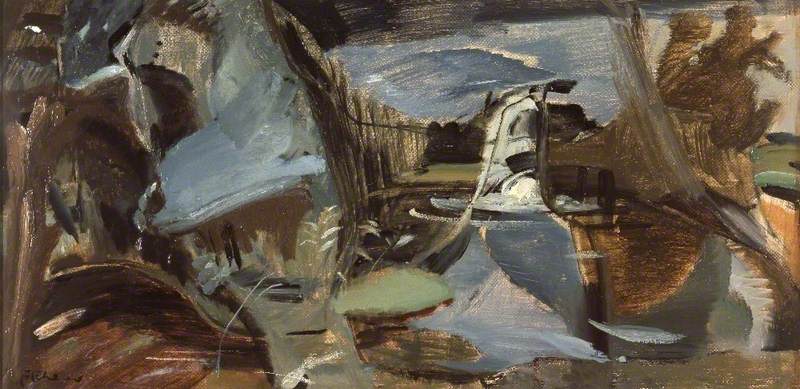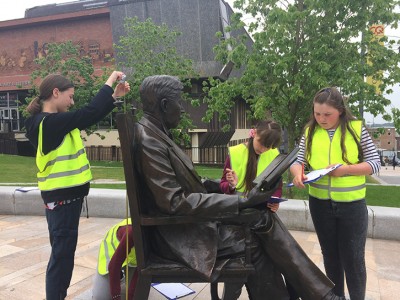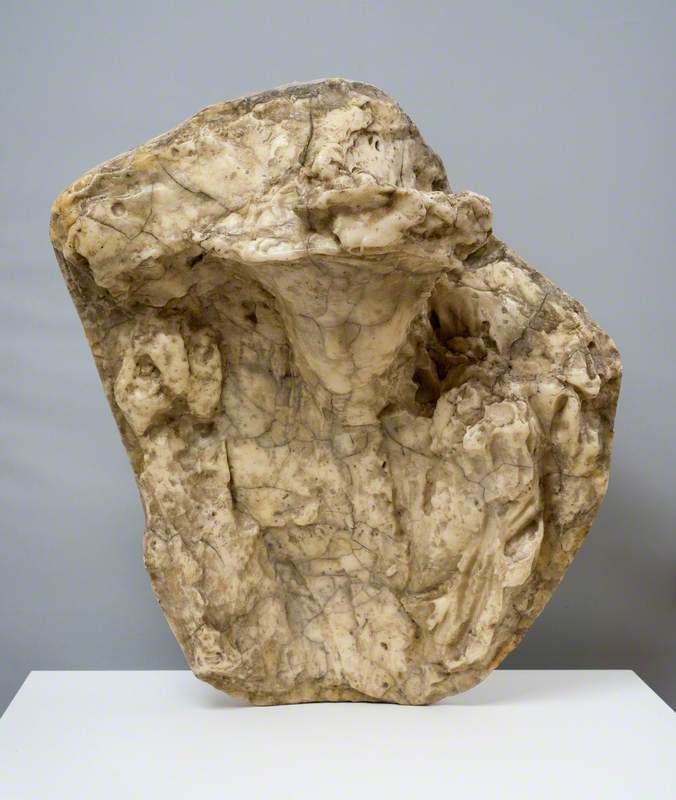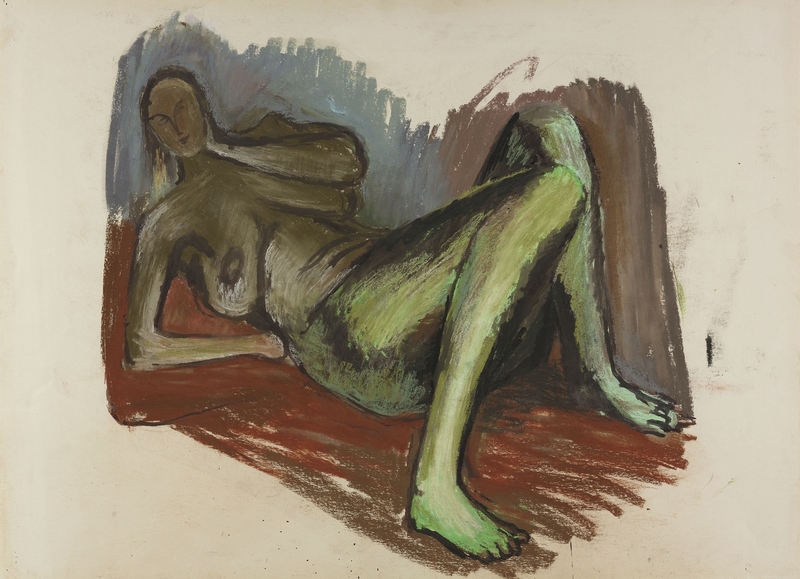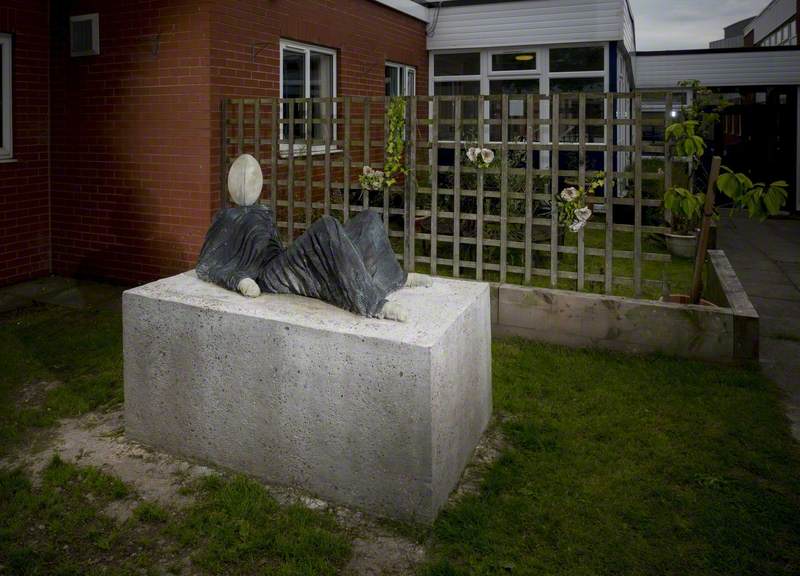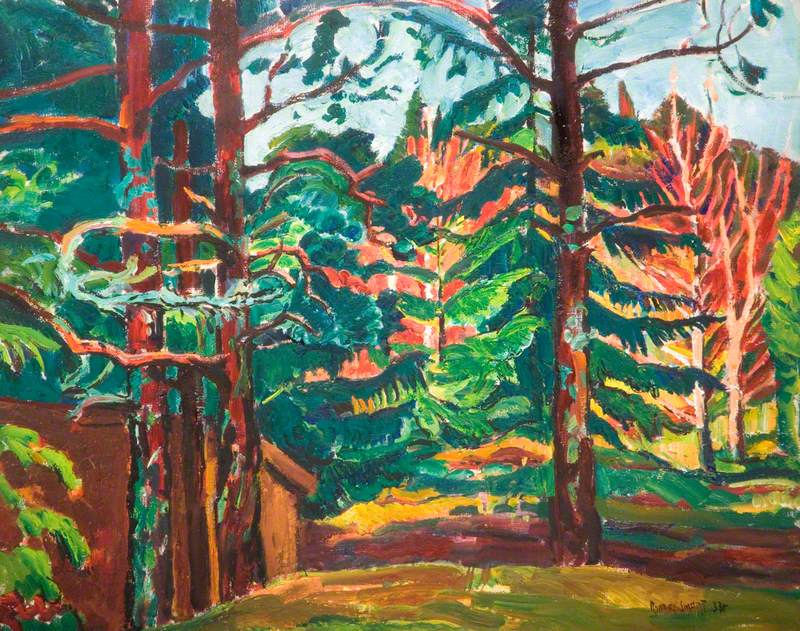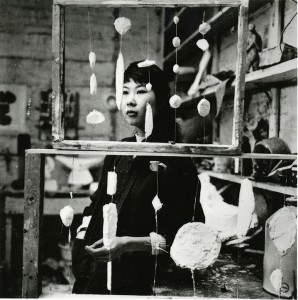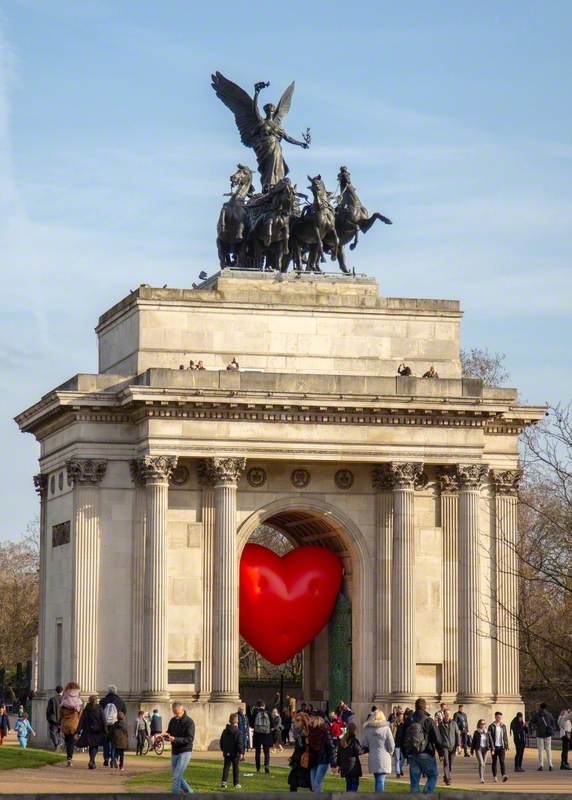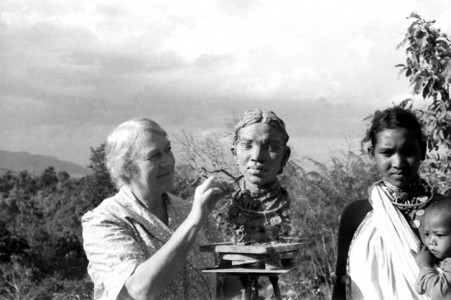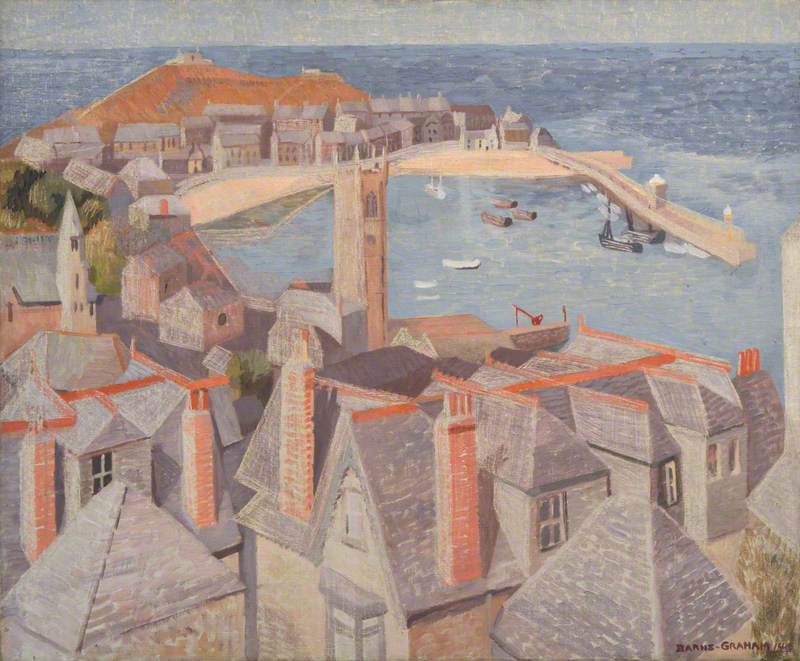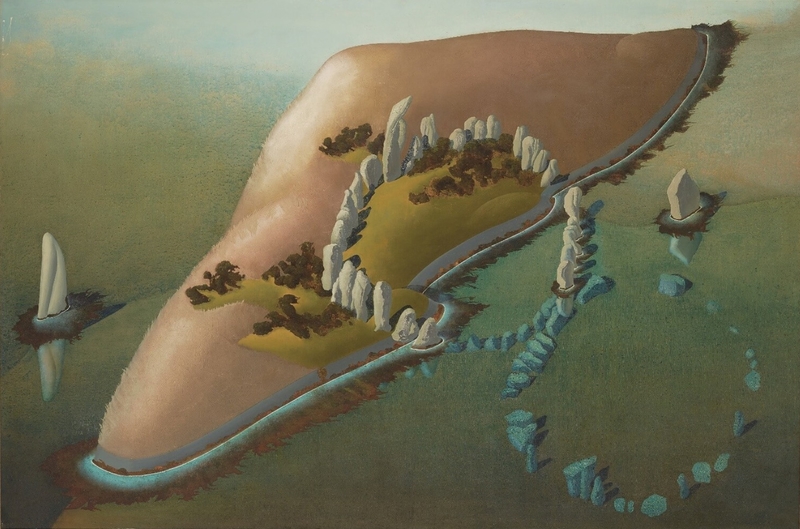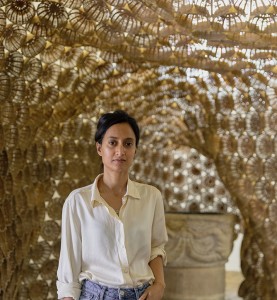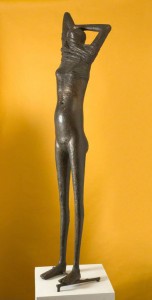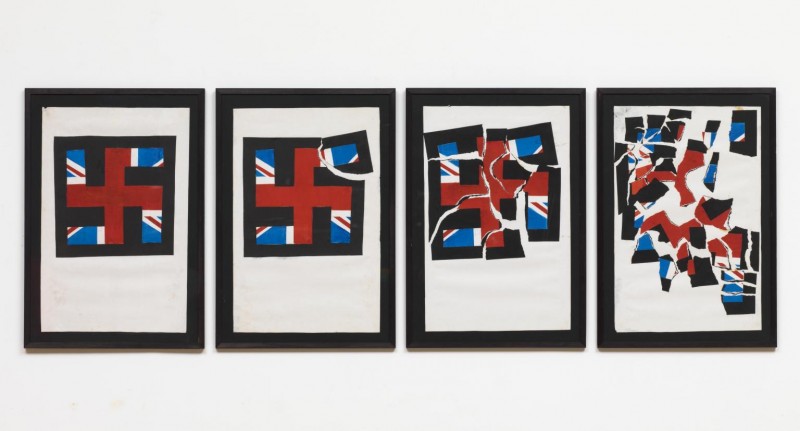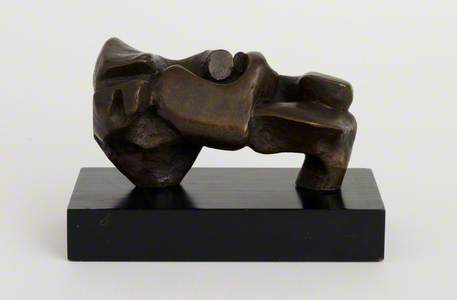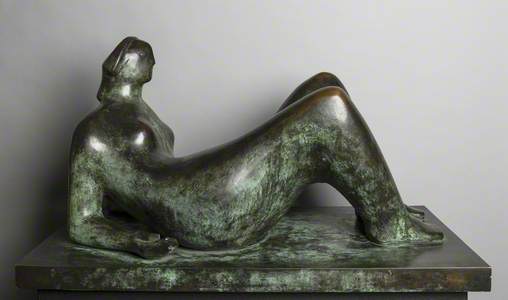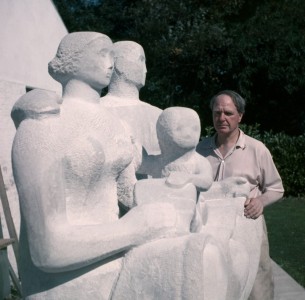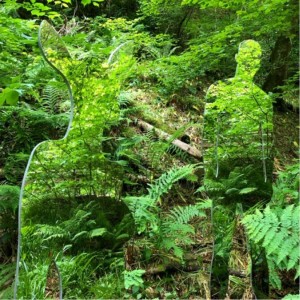Henry Moore was one of the most important artists of the twentieth century. Born in Castleford, Yorkshire, on 30th July 1898, his distinctive monumental sculptures are world famous. His figures are both semi-abstract and yet at the same time remarkably human.
As of December 2018, Moore was represented on Art UK by a handful of drawings. While drawing remained part of his artistic practice up to his death in 1986, it is for his sculptures that he is internationally renowned. He once said:
Sculpture is like a journey. You have a different view as you return. The three-dimensional world is full of surprises.
Art UK's Sculpture Project is giving us the chance to make sure key artists such as Moore are better represented on the site. In 2018 photography was already underway to record Henry Moore sculptures across the country – both in collections and in public spaces. They started to appear as records on our site from early 2019, with hundreds live by early 2021, as the project comes to a conclusion. As a quick introduction, here's a look at just some of his astonishing works, from across the decades.
Head, Kettle's Yard, Cambridge
The first sculpture in the East of England to be photographed as part of the Sculpture Project was a Henry Moore at Kettle's Yard in Cambridge. It dates to around 1928, the same year that he won his first public commission (for a relief above St James' Park tube station) and his first one-man show, at the Warren Gallery in Maddox Street, London.
Art UK Sculpture Project photography session at Kettle's Yard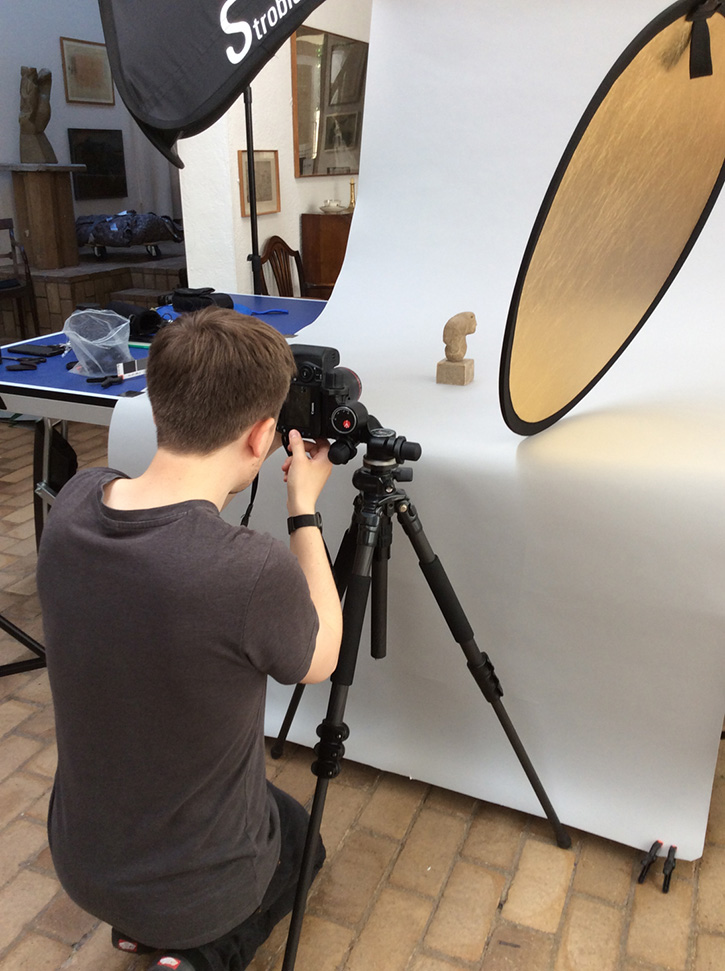
Sculpture Project Coordinator for the East of England Christine Blackburn says: 'It's a very little one, though I think its expression is fab... it contrasts nicely with his famous, larger outdoor works.'
Head, National Trust, 2 Willow Road, London
Photographer Justin Piperger says 'We photographed a nice Henry Moore sculpture at 2 Willow Road, the house built and lived in by the Modernist architect Ernő Goldfinger. The family's original art collection is still displayed there as it was during their occupancy – this piece being amongst it.'
Henry Moore first made his stringed sculptures in 1937. This example dates from 1938, and he restrung it in 1967. He wrote later that it was 'the ability to look through the strings as with a birdcage, and to see one form within another, which excited me.'
Goldfinger and his wife acquired the sculpture for £25 from the 'Aid to Russia' exhibition held at 2 Willow Road in 1942. 2 Willow Road is now owned by the National Trust.
Madonna and Child, Northampton Museum and Art Gallery
Coordinator Ben Stoker and photographer Jessie Maucor have photographed this small bronze model from Northampton Museum and Art Gallery. It is one of an edition of six cast from the original clay maquettes made for the large Madonna and Child (1943) in St Matthew's Church, Northampton. Moore presented these bronze maquettes to friends and associates. This model was originally given to the Reverend Walter Hussey of St Matthew's, who had commissioned the original Madonna and Child.
Moore once said: 'All art is abstract in one sense. Not to like abstract qualities or not to like reality is to misunderstand what sculpture and art are about... But for me, I can't cut my sculpture off from living, and the forms that one sees in nature, in people, in trees are reproduced or get mixed up with one’s sculpture because they are all part of living.'
Harlow Family Group, Harlow Art Trust, Essex
Jaron James photographing Henry Moore's 'Harlow Family Group'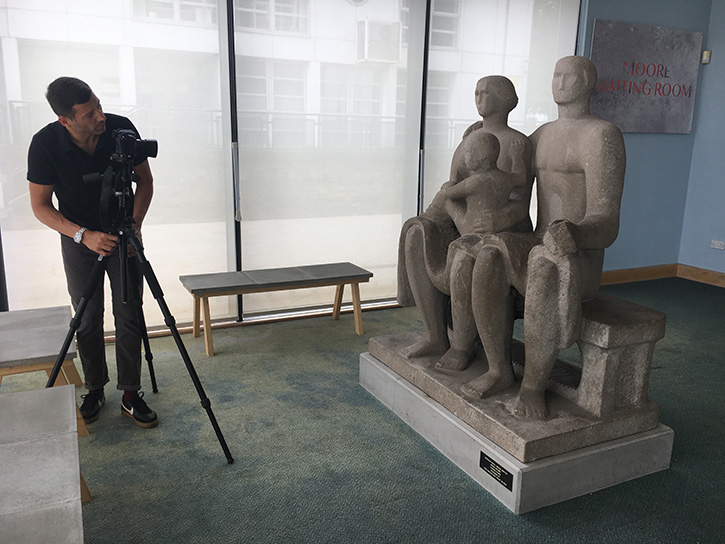
Photographer Jaron James and Coordinator Julia Abel Smith have recorded Moore's post-war Harlow Family Group from the Harlow Art Trust collection. Dating to 1954–1955, the piece is now inside the Harlow Civic Centre.
The Friends of Harlow Sculpture take up the story: 'In 1954 Moore was approached about a public commission for an outdoor site in Harlow, Essex. He suggested making a group ‘conceived on human and classical lines.' The sculpture was unveiled in May 1956 by the Chairman of the Arts Council, Sir Kenneth Clark.
For many people, this sculpture symbolised the universal aspirations of the post-war generation. The theme of the family could not have been more appropriate. Known as the ‘pram town’ in the 1950s, Harlow had a birth rate three times the national average. Harlow Family Group provided a readymade and fitting emblem for Harlow and its image was used to illustrate anything to do with the New Town.'
Slow Form: Tortoise, Arts Council Collection, London
This intriguing sculpture evokes the shape of an animal – an idea Moore returned to many times in the 1950s and 60s. This example is made up of five interlocking, irregularly shaped pieces, each of which forms a right angle. Moore said of its name, 'it is one right-angled form, repeated five times, and arranged together to make an organic composition. This repeated slow right-angle reminded me of the action of a tortoise'.
This work dates to 1962 and there is a larger version dating to 1968 in the Tate's collection. The earlier one is now in the Arts Council Collection. Henry Moore was on the Arts Council of Great Britain's acquisition committee and pushed for a change in their buying policy to reflect the world of contemporary art.
Model for Draped Reclining Figure, South Ayrshire Council
In South Ayrshire, you will find a bronze working model for Moore's Draped Reclining Figure. Coordinator Rhona Taylor says: 'South Ayrshire Council spent £20,000 on it in 1979, which caused a huge stooshie with the locals – seemingly they got all sorts of grief/threats over it, but it now has pride of place in the collection.'
Working Model for Draped Reclining Figure
(bronze edition of 9+1) 1976–1979
Henry Moore (1898–1986) 
Of his reclining figures, Moore said:
'There are three fundamental poses of the human figure. One is standing, the other is seated and the third is lying down... But of the three poses, the reclining figure gives the most freedom, compositionally and spatially. The seated figure has to have something to sit on. You can’t free it from its pedestal. A reclining figure can recline on any surface. It is free and stable at the same time.'
Mother and Child: Hood, St Paul’s Cathedral, London
St Paul's Cathedral in London has a Henry Moore called Mother and Child: Hood on display. It dates to 1983, just three years before the artist's death and is on loan from Henry Moore Studios and Gardens in Hertfordshire. This snapshot is by Art UK Sculpture Project Regional Digitisation Manager, Hazel Buchan Cameron.
Mother and Child: Hood
1983, travertine marble, by Henry Moore (1898–1986), in St Paul's Cathedral, London 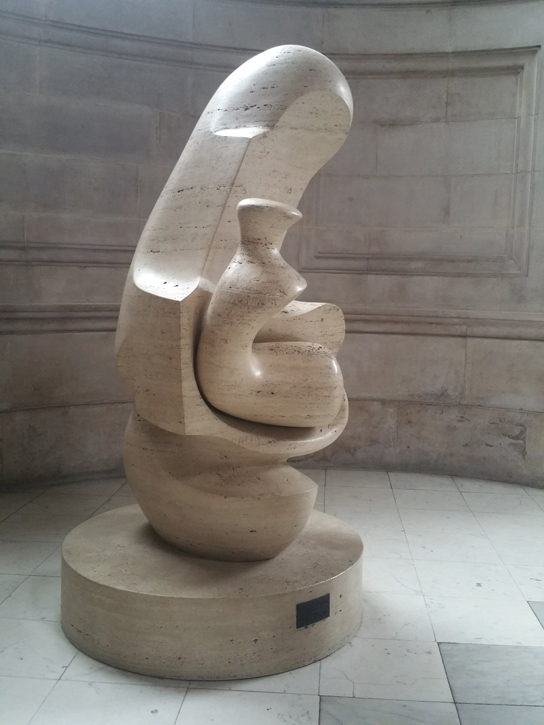
Looking for more of Moore?
Today Henry Moore's fascinating works remain a potent symbol of post-war modernism, demonstrating why he was the leader of the sculptural renaissance in British art.
You can find out more about the artist's life and work at the Henry Moore Foundation website, where there's also information about The Henry Moore Institute in Leeds and Henry Moore Studios and Gardens in Hertfordshire.
Keep watching the site for more news of sculptures as they are added and sign up for our newsletter.
Andrew Shore, Head of Content at Art UK
